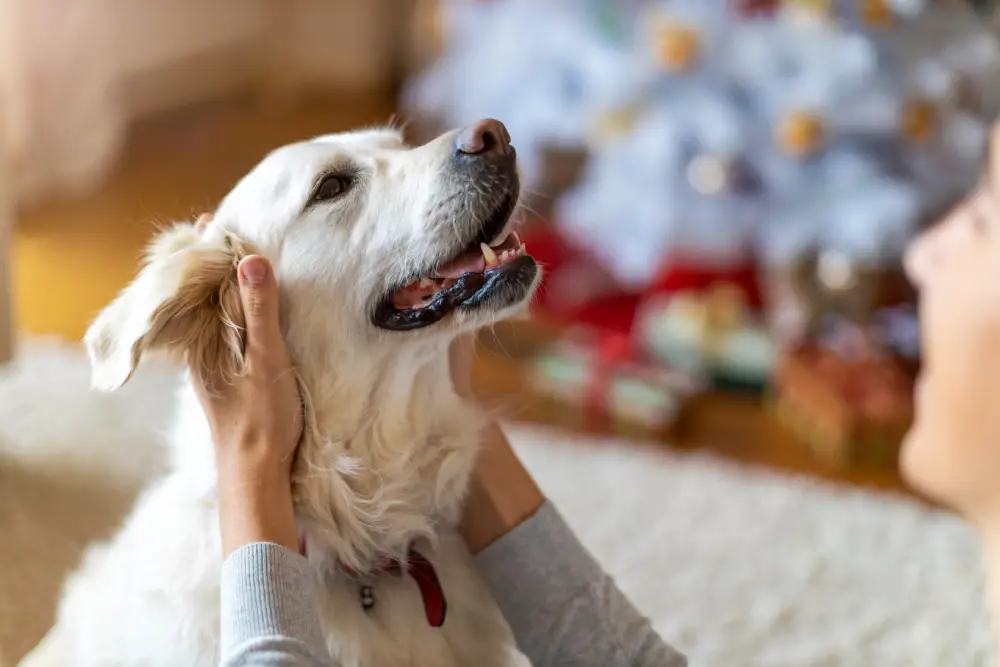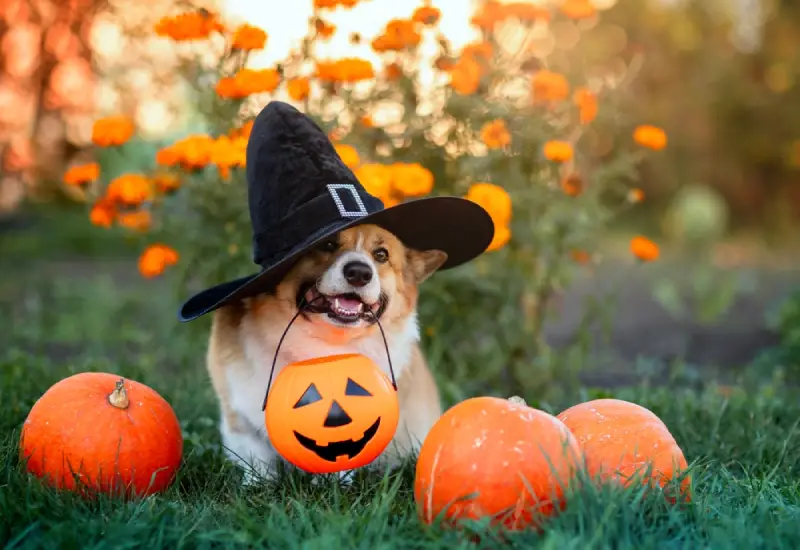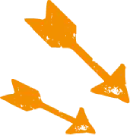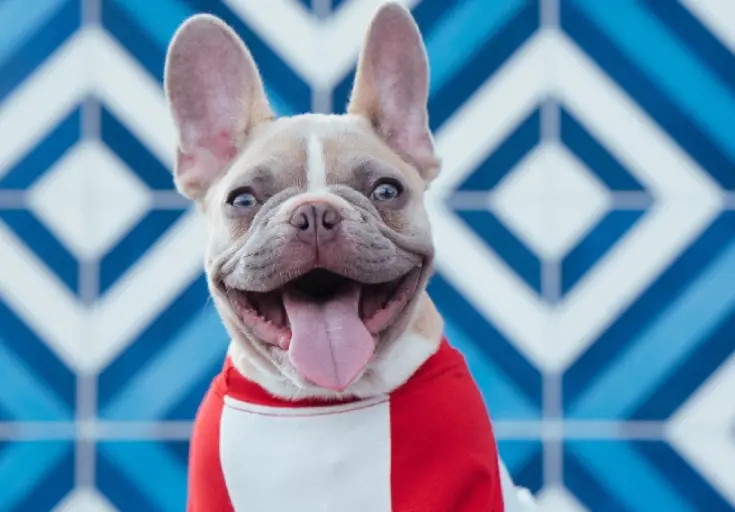
As an owner, ensuring your dog maintains an ideal weight is your responsibility. While even the healthiest dogs can be under or overweight, you need to keep an eye out for sudden weight loss that may be a sign of injury or an underlying illness. Once you’ve taken your pup to the vet to rule out any potential causes, it’s up to you to alter your dog’s diet and exercise routine to help them gain weight.
This handy guide looks at the best ways you can help your dog put on weight safely to make sure your pup lives a long, happy and healthy life.
Identifying an Underweight Dog
To avoid getting to the stage where your dog is severely underweight, you should regularly weigh them to check for a difference in weight. Keep a track of any sudden fluctuations and be sure to share this information with your vet. If you don’t know your dog’s typical weight range, you can identify weight loss by standing above your pet and looking down. Pups should have a defined waistline, but an exaggerated hourglass figure or protruding ribs could be a sign that your dog is underweight.
Another way to see if your dog is losing weight is to feel along their sides. When animals are a healthy weight, their ribs can be felt beneath a thin layer of fat. While overweight pups may have difficult to detect ribs that are obscured beneath a thick layer of fat, underweight dogs will lack any padding between their skin and ribs. It’s important to take into account your dog’s breed when determining their ideal weight, as some hunting and herding dogs like Border Collies and Pointers tend to be leaner than other breeds.
The first thing you need to do if you notice your dog is losing weight is to consult your vet. You need to be sure that there’s nothing sinister causing your dog’s weight loss, such as a parasite, injury or illness. Some illnesses that may result in weight loss include diabetes, cancer, hepatitis and inflammatory bowel disease. Once you’re sure that there’s no underlying condition affecting your dog’s weight, you can start altering their diet and lifestyle to help them reach their ideal weight.
How to put weight on a dog safely
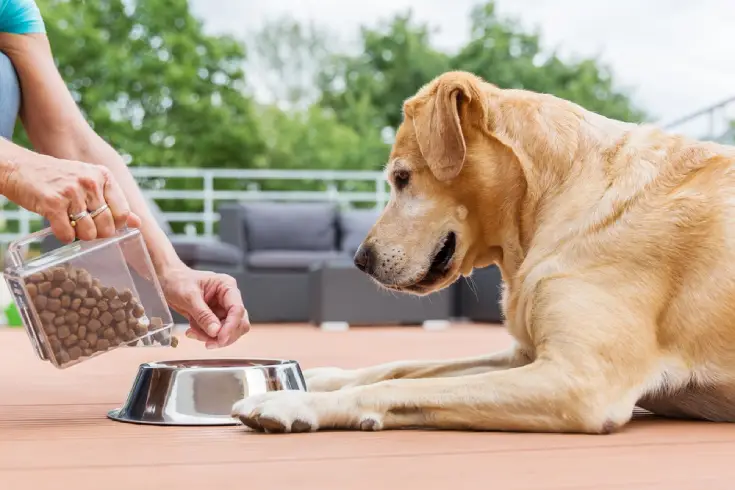
Before you make any changes to your dog’s diet and exercise routine, you need to consult your vet to ensure you’re making the best choices for their breed. Some of the ways you can safely help your dog to gain weight are:
Establish a new feeding schedule
To help your dog gain weight, add an extra meal into their daily diet. If you feed your dog once a day, add a second meal. If your dog is already fed in the morning and evening, add another meal in the middle of the day. However, it’s important to keep in mind that increasing your dog’s diet will change their bathroom habits and that you may need to alter their walking/toileting schedule accordingly.
Another effective way to put weight on a dog is to give them more opportunities to eat throughout the day. Offering smaller but more frequent meals allows dogs to digest food faster and generate a faster metabolism, which will lead to them consuming more throughout the day.
Add calories to your dog’s diet
Dog food varies greatly in quality and you need to be sure that the food you choose is providing the right calories and balance of nutrition for your dog. To choose the best dog food, you should consider your dog’s age, activity, breed and reproductive level to ensure they’ll get all the nutrients and vitamins they need.
Another way to add calories to your dog’s diet is to supplement their food with appropriate human food. Examples of safe human food supplements include roasted chicken without the skin, boiled eggs, canned tuna, non-fat plain yoghurt, or plain canned pumpkin. It’s important to avoid human foods that can be dangerous to dogs, such as chocolate, raisins, grapes, garlic and onion. If you’re unsure what human food or dietary supplements are safe for your dog to eat, consult with your vet.
Award extra treats
Treats and snacks are a great way to add extra calories to your dog’s diet. Giving your pup a few extra rewards throughout the day can help them gain some weight, but you shouldn’t use treats as the primary source of calories for your dog. A good option is to give your pup all-natural peanut butter on a healthy treat like carrots.
If you’re looking for a tasty treat to help your dog gain weight, click this way for our amazing range. Why don’t you try our new tasty Webbox Snackies Chicken Crisps — they make a delicious, rich snack that can help contribute extra calories (in moderation) to support healthy weight gain.
Increase your dog’s exercise level
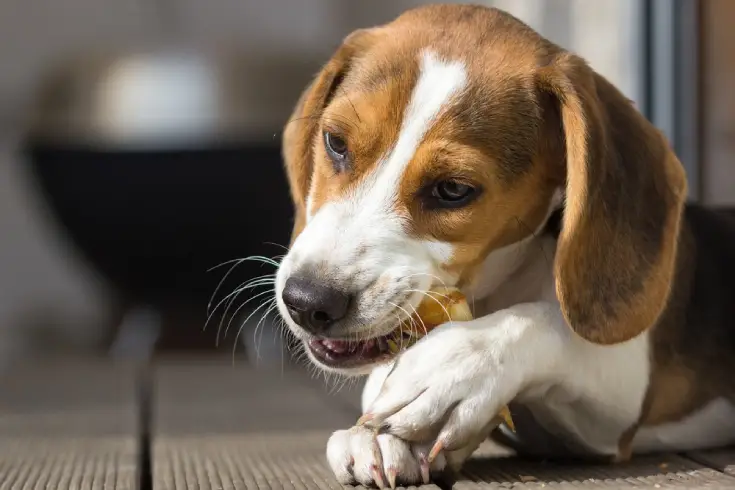
Although it may seem counterproductive to owners looking to put weight on their dog, increasing your pet’s amount of exercise will help them build muscle. Make sure to consult your vet before increasing your dog’s exercise level, as ailments like arthritis and some metabolic diseases may mean your dog needs special treatment to increase their weight without injury.
Gradually increasing the length of daily walks is the best way to up your dog’s exercise level, as well as low-impact activities like swimming or short sessions of catch.
Maintain your dog’s weight
Once your dog has reached their ideal weight, it’s important to make sure that they maintain it to avoid developing health problems in the future. Keeping track of your pet’s meals and treats will give you a better picture of the number of calories they consume each day, as well as limiting the number of scraps they’re fed from the dinner table by other family members.
If your dog is more or less active during a certain time of year, for example throughout winter, adjust the amount you’re feeding them accordingly. Make sure you keep a note of your dog’s weight each time he visits the vet and conduct your own measurements using a household scale if you’re worried. If you’ve increased your dog’s treat intake when helping them gain weight, make sure to regulate this once they’ve reached their ideal size to avoid overfeeding.
The Webbox Difference
Here at Webbox, we try to see the world from a pet’s point of view so we can understand what they want, not just what they need. We put all our love, creativity and fun into everything we make, producing nutritional food and well-balanced treats designed to keep you and your pet happy and healthy. For tantalising treats and chomping chews, shop our dog food range today.

Shop for Dogs

Personalise your search:
Shop for Cats

Personalise your search:
Our Most Popular Products
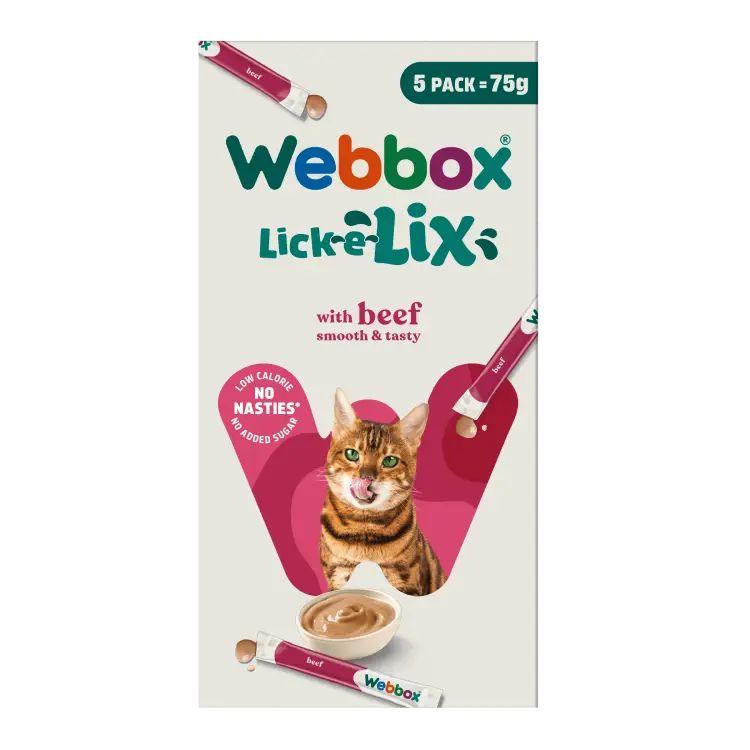

Webbox Lick-e-Lix with Beef Cat Treats 75g
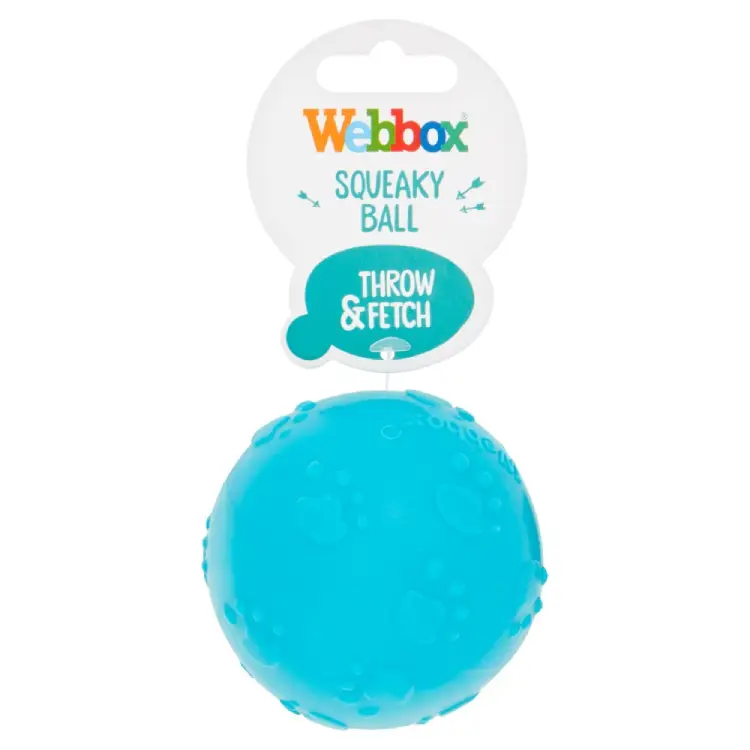

Webbox Squeaky Ball Dog Toy
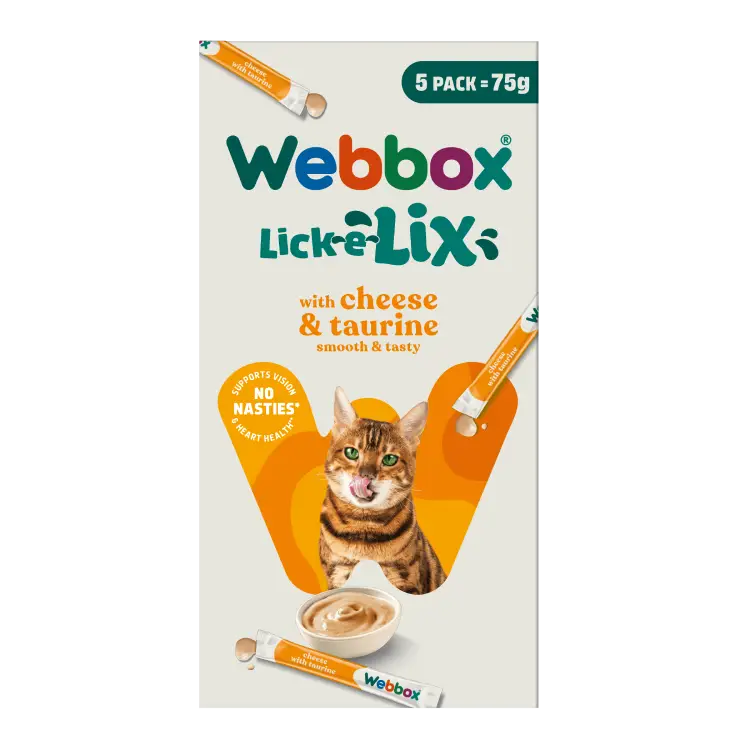


Webbox Lick-e-Lix Cheese & Taurine Cat Treats 75g
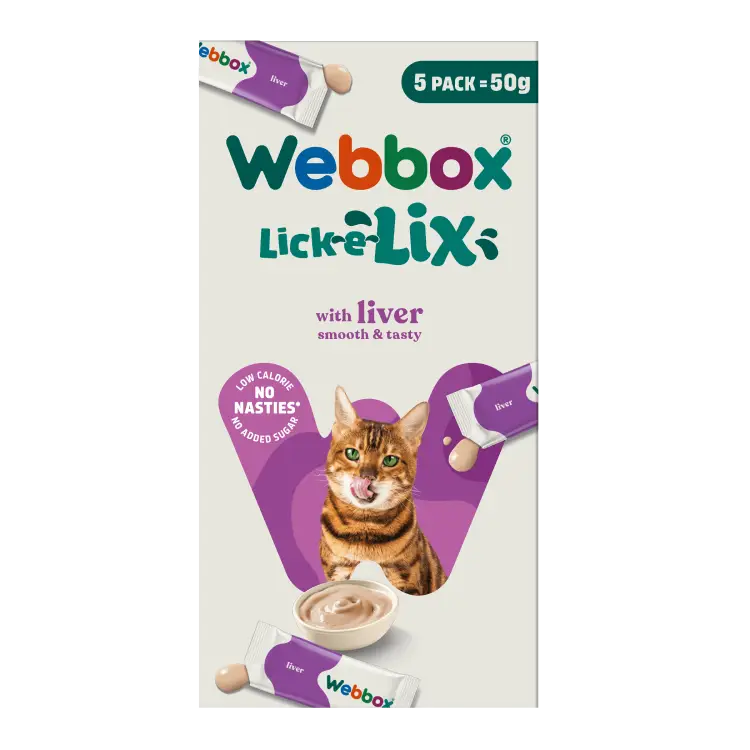

Webbox Lick-e-Lix Liver Cat Treats 50g
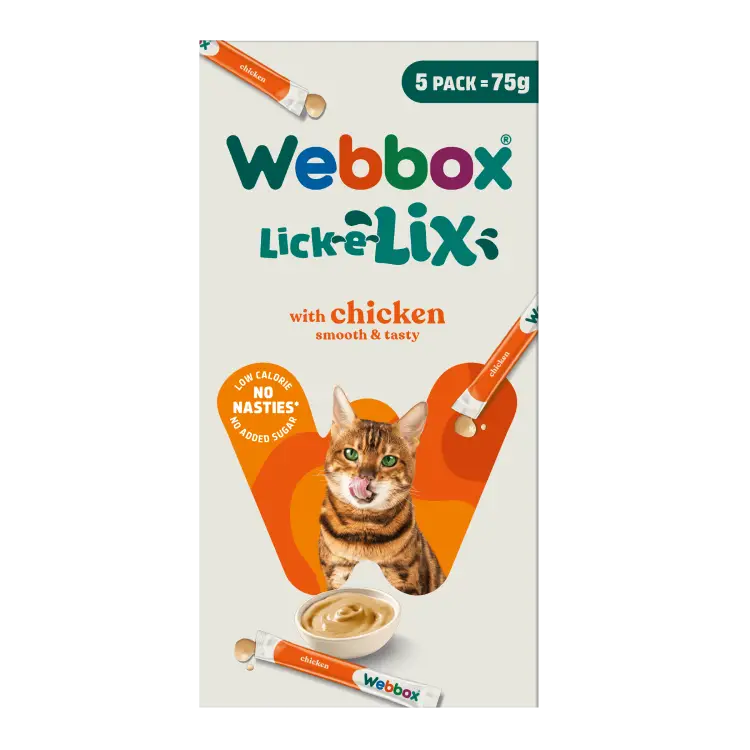

Webbox Lick-e-Lix Chicken Cat Treats 75g


